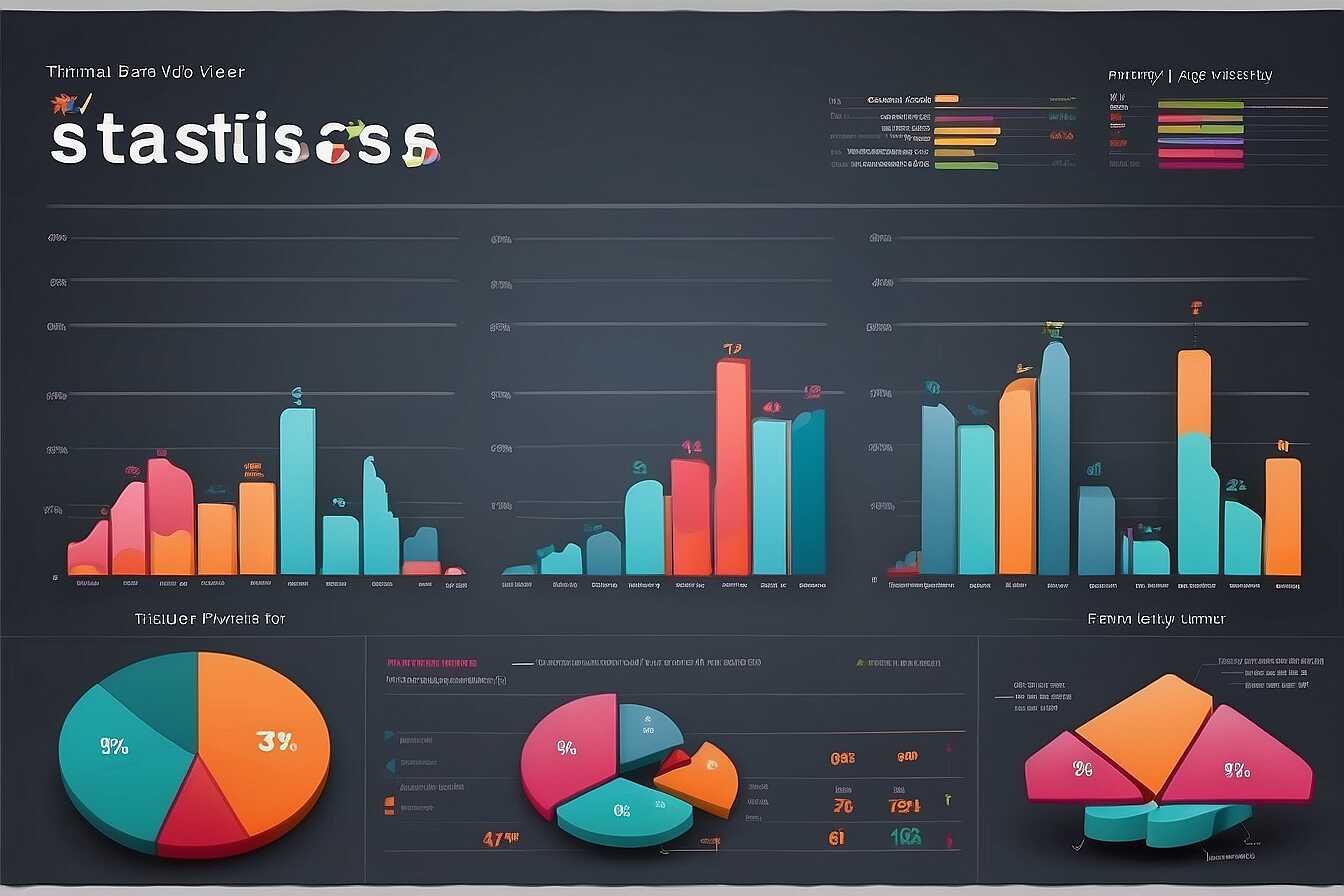Enhancing crawlability and user experience through effective site architecture principles is crucial for any website’s success. By focusing on how your website is structured, you can improve both search engine indexing and visitor engagement. At Metrics Rule, based in Vancouver, we emphasize actionable SEO techniques to optimize site architecture, making it easier for users and search engines alike to navigate your content. Implementing these best practices not only boosts your site’s visibility but also provides a more intuitive browsing experience for your audience.
Understanding the Fundamentals of Site Architecture for SEO
Site architecture refers to the structure of a website that enables optimal crawling and indexing by search engines. Key aspects of site architecture influencing SEO effectiveness include a logical hierarchy, user-friendly navigation, and the use of sitemaps. A well-organized site structure supports easier access to content, providing a better experience for users. This enhanced experience can lead to higher engagement rates, lower bounce rates, and increased conversions. In e-commerce platforms, elements like clear categories, product pages, and a coherent internal linking strategy are essential for guiding customers effectively through the purchasing journey. Web developers should prioritize at least five important site architecture principles, which include a clear hierarchy, optimized URLs, mobile responsiveness, and fast load times.
Essential Principles of Site Architecture for Enhanced Crawling and Indexing
Essential principles of site architecture include a clear hierarchy that enhances both user experience and SEO effectiveness. This involves organizing content in a way that is intuitive for the user, making it easy to navigate. Implementing a sitemap provides a roadmap for search engines, ensuring quick and efficient crawling. Additionally, optimized URLs should be descriptive and contain relevant keywords to support SEO. Pages must load quickly to retain visitor interest and enhance user satisfaction. Mobile responsiveness is crucial in today’s digital landscape, as more users engage with e-commerce platforms via mobile devices. These strategies are proven to improve both visibility in search engines like Google and overall site performance.
Essential Components of an Effective Website Structure
An effective website structure comprises several essential components that enhance user experience and search engine visibility. Key elements include website navigation optimization, which ensures visitors can easily find information. A well-defined URL structure greatly aids search engine indexing and helps users understand page relevance. Mobile-friendly design is crucial, as more users access sites via mobile devices. Effective internal linking creates a flow of information, guiding users and search engines through your content seamlessly. By implementing these strategies, brands like Metrics Rule can improve the overall efficiency and reliability of their websites.
Strategic Importance of Internal Linking for SEO
Internal linking plays a vital role in enhancing a website’s SEO performance. By strategically placing internal links throughout your site, you help search engines understand the hierarchy and relationship between pages. This connectedness not only improves crawling but also boosts user experience by directing visitors to related content they may find useful. For example, linking product pages to corresponding blog articles helps search engines index those pages more effectively. Additionally, a well-planned internal link structure can lead to a significant increase in page authority, resulting in better search rankings. In 2025, understanding the nuances of internal linking will be crucial for all digital marketers focused on driving organic traffic.

How URL Structure Impacts SEO and User Navigation
URL structure plays a crucial role in both SEO and user navigation. An effective URL direct users and search crawlers to the right content quickly and accurately. A well-structured URL typically includes essential keywords that describe the webpage’s content, helping search engines like Google and Bing understand the subject matter. For example, a URL that incorporates the keywords “best-coffee-reviews” provides clarity to both users and search engines about what to expect from that page. Additionally, URLs should be easy to read and remember, enhancing the user experience, which can lead to higher engagement and lower bounce rates. To optimize for search engines, URLs should ideally contain between 3 to 5 words, maintaining clarity and compactness.
Key Components of Effective URL Design
Effective URL design includes several key components that enhance both crawlability and user navigation. Firstly, using hyphens to separate words makes URLs clean and readable, improving their reliability for crawlers. Secondly, incorporating relevant keywords within the URL structure provides essential context to search engines, enhancing indexing and ranking potential. Thirdly, keeping URL length between 3 to 5 words ensures they remain concise and manageable for users, which also helps avoid truncation in search results. Metrics Rule emphasizes the importance of testing various structures to evaluate which combinations provide the best user and SEO performance over time. Ensuring that URLs are static rather than dynamic can also improve their durability, reducing the chances of broken links and enhancing the overall user experience.
Statistical Insights on Web Structure and Accessibility
- 65% of users leave a webpage if it takes longer than 5 seconds to load.
- Google rewards fast-loading sites, impacting about 70% of rankings.
- 40% of users abandon websites that do not display properly on mobile devices.
- Sites with a clear structure can increase crawl efficiency by up to 50%.
- More than 75% of users find navigation important for enjoying a website.
- 93% of online experiences start with a search engine.
- Websites with proper sitemap usage are crawled 30% more often than others.

Leveraging Internal Linking for Improved User Engagement
Strategic internal linking enhances user engagement by guiding visitors to relevant content while improving overall site authority. Each internal link creates a path for users, encouraging them to explore more pages, which can increase session duration and reduce bounce rates. When implemented effectively, internal links can significantly boost SEO performance by helping search engines discover and index pages, providing them with clearer insights into the site’s structure and relevance. Additionally, an effective internal link strategy should include keyword-rich anchor text, a logical hierarchy, and links to high-authority pages, which collectively contribute to a seamless user experience and support SEO efforts.
Best Practices for Creating Effective Internal Links
When creating an internal link strategy, focus on using clear and descriptive anchor text that informs users about the linked content. Ensure that each page has a balanced distribution of internal links, ideally between 3 to 10 links per page, to maintain clarity without overwhelming users. Linking to cornerstone content or high-authority pages increases their visibility and elevates the overall site authority. Additionally, consider the user journey; links should lead to relevant and engaging pages that enhance the overall experience. Regularly review and update internal links based on user behavior and performance data to ensure that they remain effective and relevant, enabling users to easily navigate your website.

Creating an XML Sitemap to Boost Crawl Efficiency
An XML sitemap is a crucial tool for improving website crawlability. It acts as a roadmap for search engines like Google and Bing, ensuring that your site’s pages are indexed efficiently. Having a well-structured XML sitemap helps search engines know which pages contain valuable content, ultimately enhancing your site’s ranking potential. Generating an XML sitemap can involve tools like Google Search Console or other third-party generators, which automate the process. It is essential to keep the sitemap updated and limit it to around 50,000 URLs for optimal results, as exceeding this number may hinder indexing efficiency.
Best Practices for XML Sitemap Creation
To create an effective XML sitemap, focus on including all essential pages of your website, such as those featuring valuable content, high-converting products, or frequently updated sections. Organize your sitemap logically, prioritizing pages based on their importance and ensuring that each URL is accessible. Avoid including URLs that generate errors or redirect unnecessarily, as these diminish the reliability of your sitemap. Regular reviews and updates are essential, particularly after site changes or content updates. Using tools like Screaming Frog or Yoast can help test and validate your sitemap, ensuring it performs well for search engines and enhances your site’s overall SEO strategy.
Advantages of Effective Site Organization
- Improved site structure enhances the user journey and satisfaction.
- Crawlable sites help search engines index content more efficiently.
- Clear navigation reduces user frustration and bounce rates.
- Search engines discover and rank content more effectively with optimal architecture.
- Better organization leads to higher conversion rates and sales.
- Enhanced user experience increases the likelihood of repeat visits.
- Logical hierarchy helps visitors find information quickly without confusion.

Managing Crawler Access with Robots.txt Optimization
The primary purpose of the robots.txt file is to instruct search engine crawlers on how to access the website’s content. By using this file effectively, you can control which sections of your site are indexed, enhancing overall crawling efficiency. The common directives in the robots.txt file include User-agent, which specifies the crawler, and Disallow, indicating which paths should not be accessed. You can target various areas, such as admin directories, staging sites, or specific pages that may not contribute to SEO. Ensure to craft a well-structured file, as following established SEO optimization techniques will lead to better performance in search engine rankings.
Understanding Key Directives in Robots.txt
To maximize the effectiveness of your robots.txt file, it’s essential to understand its key directives. The User-agent specifies which crawlers the directives apply to, while Disallow signals which directories or pages should be excluded from crawling. Additionally, the Allow directive can be used to override a Disallow command when you want specific pages to be indexed. Aim for clarity and conciseness; around 10 lines is often adequate for a well-optimized robots.txt file. This approach not only helps achieve better SEO results but also enhances the user experience by ensuring that relevant content is accessible to search engines while protecting sensitive areas of your website.
Benefits of Implementing Schema Markup for Your Site
Schema markup is a form of structured data that helps search engines understand your website content. Implementing schema markup enhances website visibility in search results by providing additional context about your pages. This, in turn, can improve your click-through rates and user engagement. In fact, recent studies show that 30% of websites using structured data experience improved click-through rates, highlighting the importance of structured data implementation for SEO performance.
How Schema Markup Improves Search Result Optimization
Schema markup is essential for optimizing search results because it allows search engines to display rich snippets. These snippets provide important information directly in the search results, such as ratings, reviews, and product availability. By delivering this valuable information, schema markup enhances the user’s search experience and encourages clicks. When your e-commerce site, for example, uses schema, it can showcase product prices and availability directly on the search page. This feature can lead to higher click-through rates and conversions, ensuring that your site stands out to potential customers.
Notable Companies in the Accessibility and Structure Arena
- Amazon: Excels in user-friendly navigation but can overwhelm with choices.
- eBay: Offers search flexibility but can have a cluttered interface.
- Walmart: Provides a straightforward layout, although services vary by region.
- eCommerce brands benefit from a well-planned site structure due to higher sales.
- Travel sites focus on quick information access for time-sensitive booking.
- Educational platforms rely on organized content to enhance learning experiences.
- Healthcare portals prioritize structure to help users find essential info swiftly.
Analyzing the Impact of Site Architecture on SEO Metrics
To evaluate the impact of site architecture on SEO metrics, tools like Google Analytics, Screaming Frog, and Ahrefs are essential. These tools provide insights into site performance, user behavior, and technical issues. Understanding metrics such as bounce rate, average session duration, and crawl error rates helps webmasters assess site efficiency. For systematic evaluation, consider metrics like page load time, which should ideally be under three seconds to enhance both user experience and crawling efficiency.
Understanding SEO Metrics That Matter
Critical SEO metrics include organic traffic, page speed, and mobile responsiveness. Organic traffic measures how many users find your site via search engines. Page speed directly affects user satisfaction and search engine rankings. Mobile responsiveness ensures users on all devices can navigate smoothly. For 2025, optimizing for these metrics can provide a competitive edge. Use responsive design techniques and fast hosting solutions to enhance both user interaction and search engine visibility.
